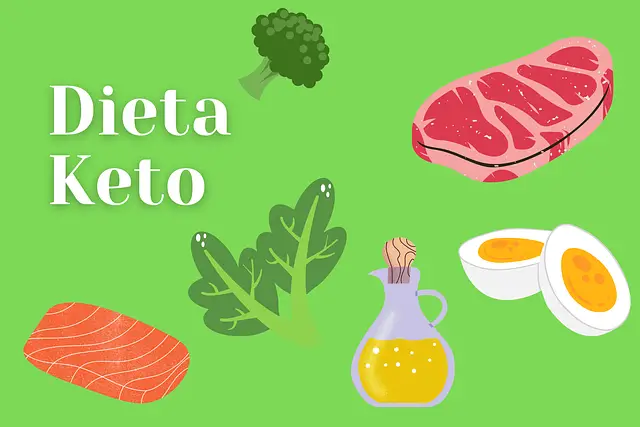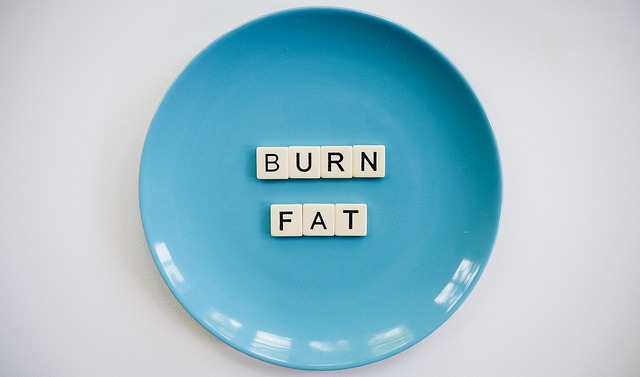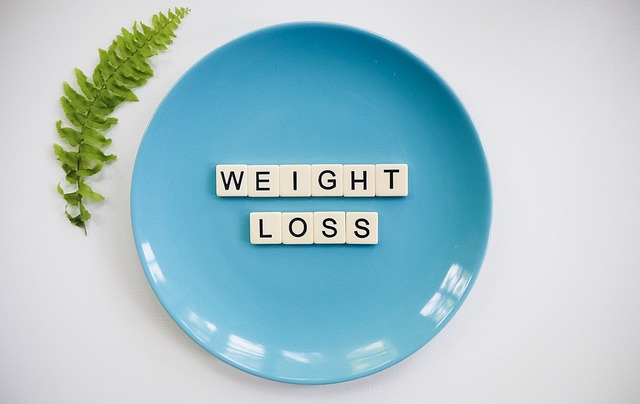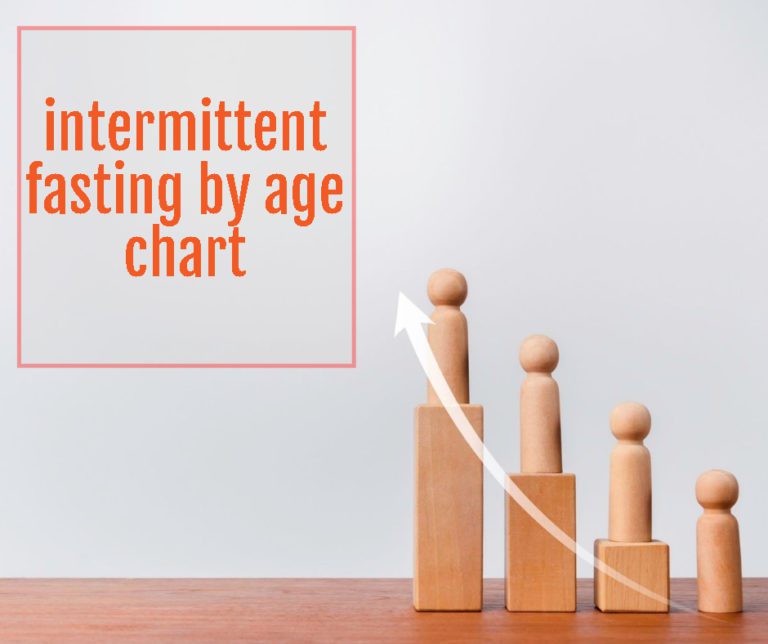Everyone vouches for fasting whether due to religion or because of health reasons. Whether it is for weight loss, blood sugar or controlling insulin levels, or lowering the risk of chronic diseases, research supports fasting. However, not many people understand how exactly fasting for a period of time can be beneficial to your health.
If you’re one of those people, today is your lucky day. Today I will answer, what does fasting do to the body? How does intermittent fasting bring about the health benefits you boast about? Which scientific processes do you undergo to reap the long-term benefits of fasting?
Welcome to our science class: Intermittent Fasting 101!
What Does Fasting Do to the Body?
A couple of metabolic processes take place every time you are on a time-restricted diet. These processes are what make intermittent fasting a good approach to weight loss.
How does fasting affect your blood glucose, insulin levels, and your body weight? Just as a refresher, what is intermittent fasting and what are the basic rules of fasting?
Basics of Fasting

Intermittent fasting is a type of time-restricted diet where you alternate between fasting and eating regularly. It focuses on what time you should eat and not how much or what you eat.
How does fasting differ from an intermittent fast? The latter is an eating pattern that switches between fasting and eating periods while the former has no pattern and is the willingness to abstain from food over a period of time.
It is important to clarify that fasting differs from starvation in that the latter is involuntary and may be caused by factors beyond one’s control like illness or food insecurity.
There are different types of intermittent fasting you can follow depending on your goal and tolerance. They include:
- The 5:2 diet: This involves fasting for 5 days a week and eating like your normal diet for 2 days.
- Time-restricted diet: this can either follow the 14-hour, 12-hour, or 16-hour fasting periods. The 14-hour fast has a 10-hour eating window, the 12-hour fast has a 12-hour eating window, and the 16-hour fast has an 8-hour eating window.
- Whole Day Fast: Involves fasting for 24 hours, once or twice a week.
- Alternate-Day Fasting: This type of fasting involves restricting calorie intake on two inconsecutive days. People tend to consume only 20% of their calorie requirements. The Eat-Stop-Eat diet is a type of alternate-day fasting approach.
No matter what type of IF you follow, weight gain is prevented because it restricts caloric intake. What goes on your body when you go hours without food? What processes can we attribute to the range of health benefits associated with fasting?
When Does the Body Start Burning Fat During Fasting?
When will your body start burning fat for energy? How many hours into fasting will you start using body fat for fuel? The body doesn’t use fat for energy immediately when you start fasting. A couple of processes happen before you go into your fat stores to provide energy. Let’s see what happens in your body by the hour when you fast.
Stages of Fasting by Hour
This is what happens in your body when you fast for short periods of time:
Stage 1: Fed State (0-4 hours)
This stage starts immediately after you eat and lasts for three to four hours. The time period accounts for digestion and absorption.
During this period, food is broken down and converted to glucose for absorption. A rise in blood sugar levels leads to an increase in insulin secretion to regulate blood sugar levels. Insulin is referred to as a storage hormone because it increases fat storage by inhibiting the action of enzymes regulating fat metabolism.
Insulin is not the only hormone that is affected in the fed state. Hunger hormones are that regulate hunger and satiety shifts when glucose is released. Ghrelin, the hormone that signals you to feel hungry, is lowered, while leptin, the hormone that tells you you’re full, is increased during this phase.
Pay attention to the quantity of food you consume and the type of food you eat before your fast because it will influence how fast your body uses its fat stores. Consuming high-calorie junk foods or carbohydrate-dense food will lead to excess glucose release in the bloodstream. This will further translate to a spike in blood glucose levels which is a risk factor for insulin resistance. In addition, excess glucose is converted to glycogen. You will see the relevance of this point in the coming stage.
Stage 2: Early Fasting State (3-16 hours)
This stage happens after your body has used up its primary source of energy (glucose). You’ve run out of your energy source, what next? This state is divided into two phases, namely:
Post-absorptive Phase
Your pancreas is now working in overdrive, by producing the hormone glucagon. High amounts of glucagon in the bloodstream help prevent your blood sugar from dropping too low. This is achieved through glycolysis, where your body converts glycogen to glucose.
When your body starts using up glycogen, you will notice a couple of pounds lost after a day of fasting. This may not be because of fat loss but due to water loss. One gram of glycogen is connected to 3 g of water. That weight loss you experience in the first week of fasting is because of glycogen stores that come with water weight. You can lose up to 1 to 2 pounds a day.
The point to note is that you cannot store all excess energy in your glycogen stores, since there is a limit to how much you can reserve. In case there’s still more energy left after filling up your glycogen stores, this is stored in the form of triglycerides in your fat tissues. You can store as much fat as possible. Fat in storage is not only from the intake of fats alone, but from proteins and carbs as well. Carbs and proteins can be converted to fat as well. This is why excess calorie intake puts you at risk of obesity.

Another point that is worth mentioning in this phase is the relevance of consuming a low-carb diet. If you follow a ketogenic diet and consume low-carb foods, you will not have enough glucose to be converted to glycogen for storage. This means your post-absorptive phase will not last too long since there’s little glycogen to convert to glucose. A little glucose equals too little glycogen stored for energy, which means less time spent on glycolysis, and the faster we are to reach the fat-burning stage.
When insulin levels drop, your body produces human growth hormones, cortisol, and adrenaline that promote the breakdown of fat.
Gluconeogenesis
This next phase begins once glycogen is depleted. Gluconeogenesis refers to the metabolism of non-carbohydrate food substrates to produce glucose for energy.
Your liver will synthesize glucose from protein. Are you worried about which protein you break down when fasting? Don’t panic! It’s not from muscle mass, but from old, damaged cells and tissues. These worn-out cells are broken down and their components are used to make new proteins. You will benefit from autophagy when fasting, which helps with detox and preserving muscle mass integrity.
Overweight and obese individuals can benefit from autophagy in preventing chronic conditions like polycystic ovarian syndrome (PCOS) and cancer. These individuals have a higher proportion of protein in their bodies compared to those with a healthy weight. Fasting will help metabolize these excess proteins lowering the risks of these diseases.
Following the 16:8 diet means you are experiencing the first two stages of fasting. Once your stored nutrients are over your body now enters the fat-burning stage. To answer your previous question, fat burning starts 16 hours after fasting. But this time may be shorter if you consume low-carb vegetables, lean protein, and complex carbs. Lowering carb intake will reduce the time taken to reach the fat-burning phase.
Stage 3: Fasting State

Here, we switch from glucose to ketones for energy. This stage is divided into two phases:
Fat-burning Stage (16-24 hours)
This is the first phase of using fat as your source of energy. Here, your body is breaking down fatty acids for energy. These fatty acids are made in the liver through lipolysis and from the adipose tissue.
Lipolysis relies on the hormone lipase. You convert fatty acids into ketones for energy.
Ketosis (24-42 hours)
Production of ketones over a longer period of time triggers your body to reach ketosis. Ketosis is a state where your body relies on fat as its primary source of energy instead of glucose. You can achieve ketosis on a low-carb diet like keto as well.
The duration to achieve ketosis depends on your age, activity level, diet, and metabolism. If you are not used to healthy eating and indulge in high consumption of sugary and processed foods, then it will take longer to achieve this state. This is because it will take longer to deplete your glycogen stores. Healthy food choices like eating healthy proteins and fats, lowering carb and sugar intake, and avoiding processed foods can help you get to the fat-burning stage.
Stage 4: Starvation Phase (more than 48 hours)
This is the final stage of fasting. During this phase metabolism slows down, and there’s an increase in storing fat in response to starvation mode. Insulin levels drop drastically. At this point, your body starts breaking down muscle tissue for energy.
However, long-term fasts can have positive effects if done under medical supervision. One study showed that a supervised long-term fasting state can have a range of health benefits including blood sugar regulation, reduction in belly fat, body weight, blood pressure, and hunger, and improved mental and emotional well-being.
This type of fasting could be dangerous if not done correctly so only do it if your healthcare provider agrees to it.
Now that you have answered, what does fasting do to the body, you can experiment with different types of fasts, depending on what you hope to achieve.
What is the Best Intermittent Fasting Window to Lose Belly Fat?

Two hormones have been associated with increased weight gain around the belly area. These are insulin and cortisol. Whichever eating window we choose has to directly affect these two hormones.
The best option would be alternate-day fasting and time-restricted fasting. Why? Knowing what goes on in your body during fasting tells you that fasting for 24 hours, then eating healthy, before fasting again can help you trigger and stay in ketosis.
The type of time-restricted eating you follow determines your fasting and eating window. For this method to work you need to restrict the amount of carbs and sugar you consume during your eating window to keep your glycogen stores at their minimum.
People experience a 4-7% reduction in waist circumference over 3-24 weeks of fasting.
Although many assume that types of fasts that restrict meals for longer are better for belly fat loss, research has shown that long periods without food may have the opposite effect. Most of them are animal studies. This particular study explored the effects of every-other-day fasting on key adipose deposits. The results showed changes that preserved visceral lipid stores. These types of fasting down-regulate lipolysis by increasing fatty acid synthesis enzymes in subcutaneous and visceral white adipose tissue.
Doing a speed keto fast is the best way to go when trying to lose belly fat.
How Long Does It Take for 16/8 Intermittent Fasting to Work?
You will experience some weight loss on the first week of intermittent fasting, but this is due to loss of water weight rather than fat loss. To see any significant results, you have to fast for 4 to 10 weeks. The amount of weight loss varies with age, gender, physical activity, and initial weight.
Obese individuals are more likely to lose weight than those with normal weight. Keep in mind that what you eat influences how fast you lose weight. Incorporating carb restriction will see you lose more fat than if you were on intermittent fasting with no carb restriction.
You should lose 0.55 to 1.56 pounds per week on IF, after the first week of fasting. According to this review, you will lose 3-8% of your weight over 3-24 weeks of regular fasting.
What are The Benefits of Fasting?
Fasting has been associated with a range of health benefits including:
- Helps with blood sugar control.
- Prevents chronic diseases by reducing inflammation.
- Can promote heart health by reducing risk factors for heart disease. Fasting improves your lipid profile.
- Can help improve cognitive function by increasing nerve cell generation.
- Promotes weight loss.
- Has been associated with longevity due to autophagy.
- Has shown potential in preventing cancers and increasing the effectiveness of cancer treatments.
What are the Disadvantages of Fasting?
Fasting may have negative effects if not done correctly. These include:
- Increased risks of developing gallstones.
- Increased risks of developing an eating disorder.
- Promotes poor eating habits like overeating.
- This can lead to dehydration.
- Could cause heartburn.
Final Thoughts
Fasting triggers many physiological processes in the body that have been associated with its benefits. Answering what does fasting do to the body helps you choose which types of fasts best suit your health goals. Short-term fasting is safe, however, be careful with long-term fasting. Only fast for long periods under the supervision of your doctor.
Have you fasted for any other reason other than religious observances? Which type of fasting do you follow? We’d love to hear about your experience. Join the discussion by dropping a comment!








